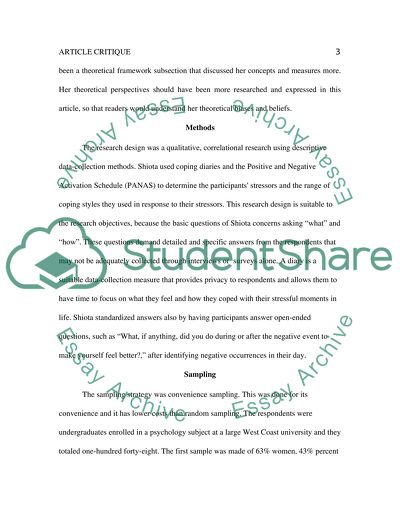Cite this document
(“Differences Among Positive Coping Strategies in Predicting Subjective Essay”, n.d.)
Retrieved de https://studentshare.org/psychology/1390481-differences-among-positive-coping-strategies-in-predicting-subjective-well-being
Retrieved de https://studentshare.org/psychology/1390481-differences-among-positive-coping-strategies-in-predicting-subjective-well-being
(Differences Among Positive Coping Strategies in Predicting Subjective Essay)
https://studentshare.org/psychology/1390481-differences-among-positive-coping-strategies-in-predicting-subjective-well-being.
https://studentshare.org/psychology/1390481-differences-among-positive-coping-strategies-in-predicting-subjective-well-being.
“Differences Among Positive Coping Strategies in Predicting Subjective Essay”, n.d. https://studentshare.org/psychology/1390481-differences-among-positive-coping-strategies-in-predicting-subjective-well-being.


